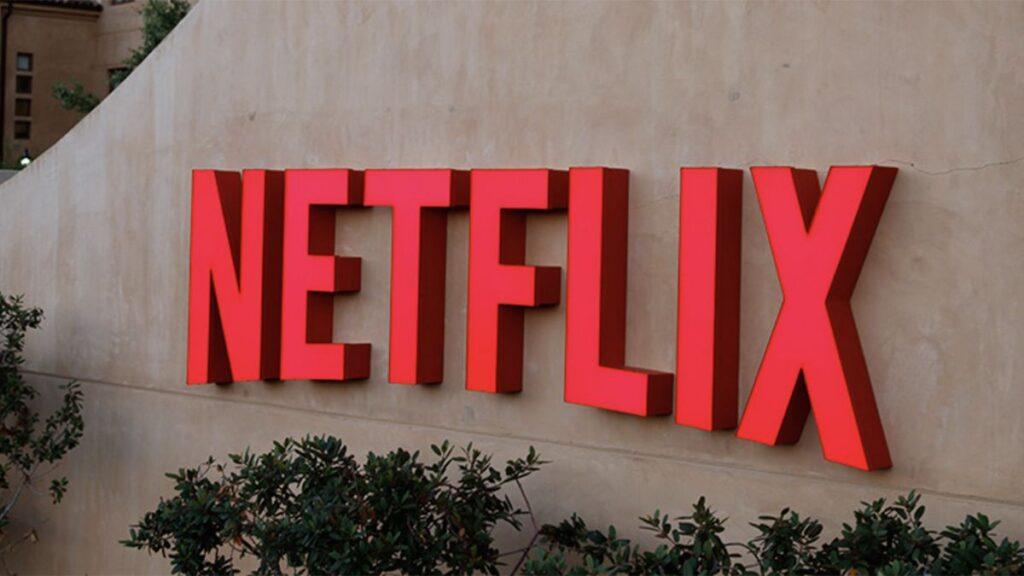- AWS is Netflix’s only cloud computing platform
- But AWS is also part of Amazon, owner of Amazon Prime Video, a major rival to Netflix.
- Netflix engineers have been struggling to keep track of how many resources they use on AWS
Netflix, the world’s most popular streaming platform, may dominate home entertainment, but it is struggling to manage one of its biggest operational challenges: cloud computing costs.
Despite its technologically advanced image, Netflix has admitted that it doesn’t know exactly how much it spends on the cloud, an oversight made all the more surprising given that its cloud provider, AWS, is part of Amazon, owner of Prime Video, one of The Netflix’s biggest competitors.
By relying on AWS for compute, storage, and networking, Netflix’s cloud infrastructure supports its global streaming service. Engineering teams use self-service tools to build and deploy applications, generating large amounts of data. However, the complexity of this ecosystem makes it difficult for Netflix to understand exactly how resources are used and how costs accumulate.
Keep your content flowing
Netflix’s Platform Data Science Engineering (DSE) team has taken on the task of untangling this problem. The team’s mission is to help company engineers understand resource usage, efficiency, and associated costs.
However, as Netflix acknowledged in a recent blog post, its cloud cost management is still a work in progress.
To address the challenges it faces, Netflix has developed two tools: Foundational Platform Data (FPD) and Cloud Efficiency Analytics (CEA). FPD provides a centralized data layer with a standardized model, aggregating data from applications such as Apache Spark. CEA builds on this by applying business logic to generate cost and ownership attribution, providing insights into efficiency and usage patterns.
The obstacles are important. Netflix’s extensive infrastructure includes services with multiple owners, different cost heuristics, and multi-tenant platforms that complicate tracking.
Data delays and platform-specific customizations add an additional layer of complexity. Regular audits and data transformations are needed to maintain accuracy, but the company admits it has yet to achieve full visibility into its cloud spend.
Looking ahead, Netflix says it plans to expand its tools and incorporate predictive analytics and machine learning to optimize usage and detect cost anomalies.
As the company works to refine its approach, its situation highlights a surprising irony: The world’s most popular streaming platform relies on its rival’s technology to offer its own service, but is still learning the true cost of keeping things flowing. of its content.




